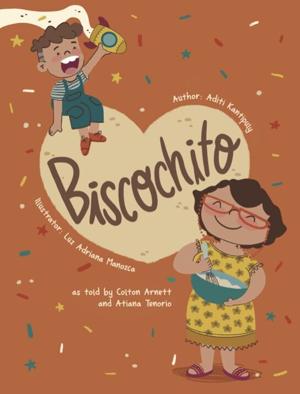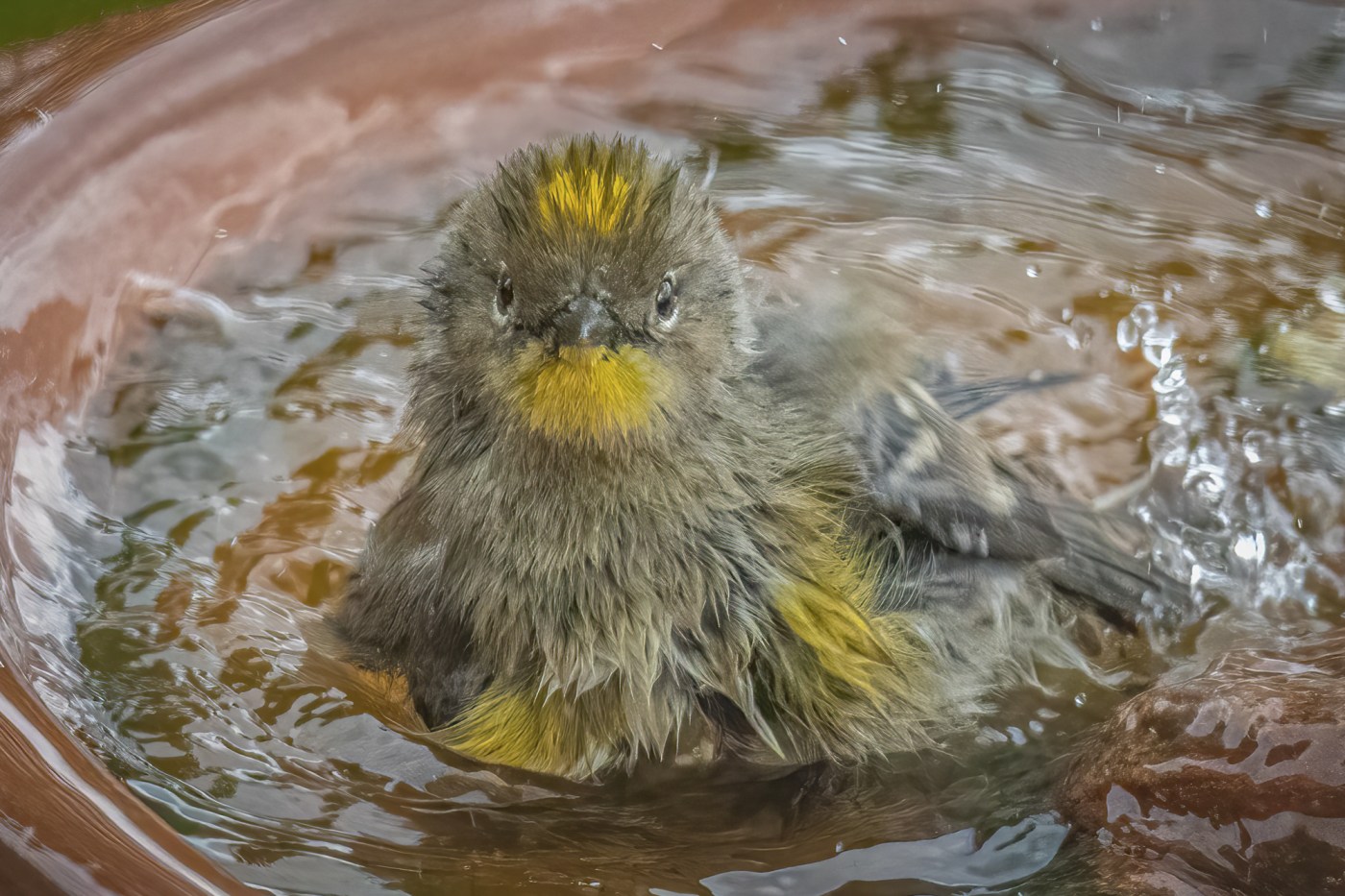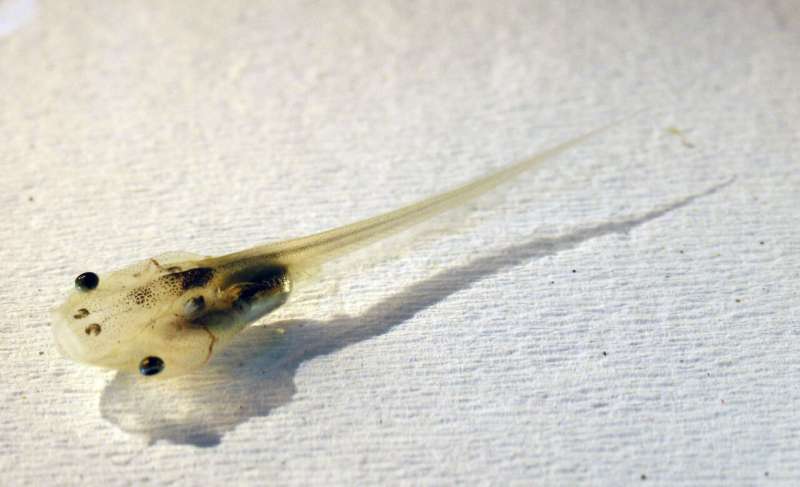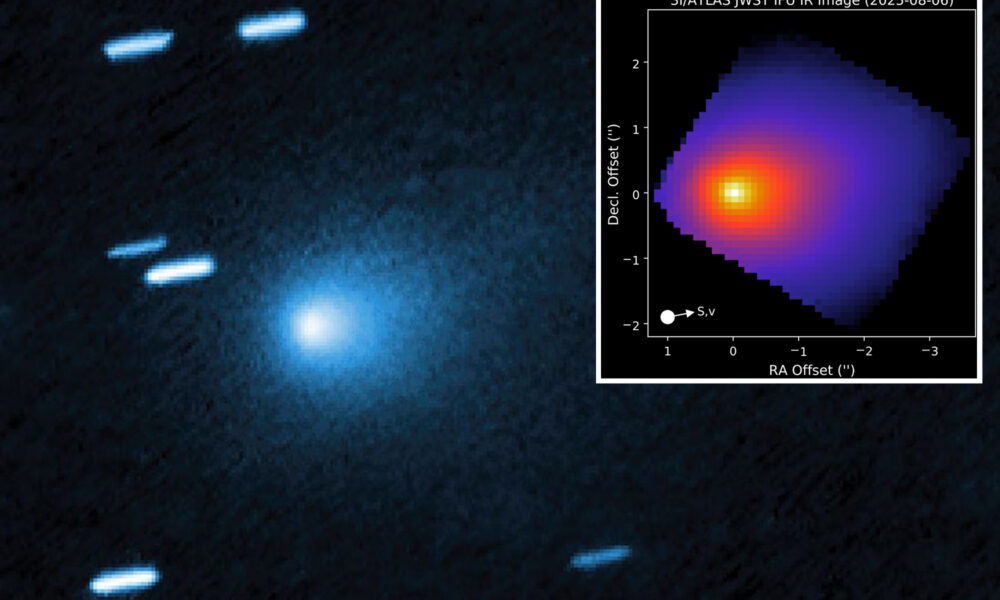Aditi Kantipuly has combined her medical background with her passion for storytelling to raise awareness about cerebral cavernous malformation (CCM) through a children’s book titled Biscochito. This rare genetic condition, characterized by clusters of small blood vessels with abnormally thin walls in the brain and spinal cord, can lead to chronic headaches, seizures, and stroke-like symptoms. CCM is notably more prevalent in New Mexico, where genealogical research links one variant of the disorder to early Spanish settlers.
Kantipuly, a physician currently training in preventive medicine at a Canadian university, emphasizes the importance of using diverse storytelling mediums to communicate scientific concepts. “I like to use different mediums of storytelling — through art, music — to explain science,” she stated. Her book, published in 2023, serves as a valuable resource for families affected by CCM, presenting complex information in an engaging and accessible format.
Connecting Culture and Education
The narrative of Biscochito centers on a grandmother with CCM who shares her experiences with her grandson while baking biscochitos, the official state cookie of New Mexico. Each cookie serves as a vehicle for conveying facts about the disorder, transforming a potentially frightening topic into a family-friendly discussion. “Children’s books serve as gateways to knowledge,” Kantipuly remarked, highlighting her goal to make the subject less daunting.
The inspiration for Biscochito came when Kantipuly sought funding through the Rare Disease Diversity Coalition, which aims to address the challenges faced by underserved populations. The coalition facilitated her connection with the Alliance to Cure Cavernous Malformation, allowing her to engage with individuals affected by the condition. This collaboration was pivotal, as their feedback helped shape the story. “The way that the narrative evolved was through conversations with the support group and myself,” Kantipuly explained.
To further the impact of Biscochito, Kantipuly partnered with the New Mexico Public Education Department. The department distributed copies of the book to 50 elementary schools, enhancing its reach within the community. Anne Marlow-Geter, manager of the agency’s Safe and Healthy Schools Bureau, noted the importance of providing such resources to educational institutions.
Impact on Young Readers
The book has resonated with families like that of Sakura Tafoya, an 8-year-old patient from Santa Fe. Her father, Jared Tafoya, shared that they own two copies — one for home and one for the school library. Sakura read the story to her second-grade class, fostering a dialogue about CCM among her peers. “The whole thing behind the book is, CCM is like a legacy,” Jared Tafoya said, likening the condition to a cherished recipe for biscochitos.
While there is currently no cure for CCM, ongoing research at institutions like the University of New Mexico Health Sciences Center aims to identify effective treatments. As work continues, Kantipuly’s Biscochito stands out as a creative initiative to educate young readers and their families about a condition that is often overlooked. Through her blend of art and science, Kantipuly demonstrates how storytelling can bridge gaps in understanding and foster a sense of community among those affected by rare diseases.







